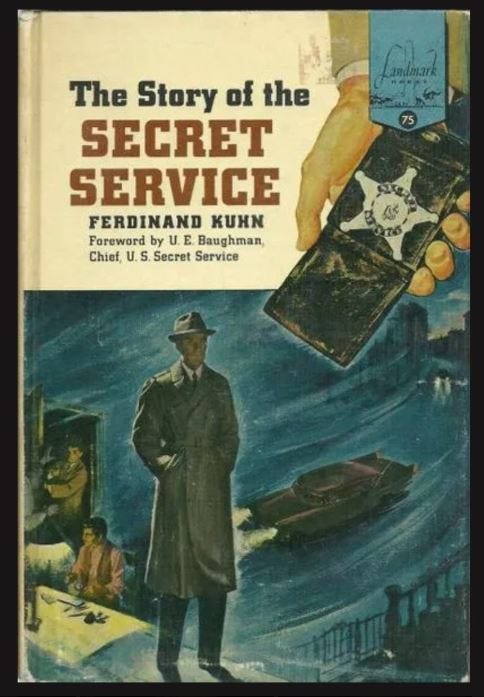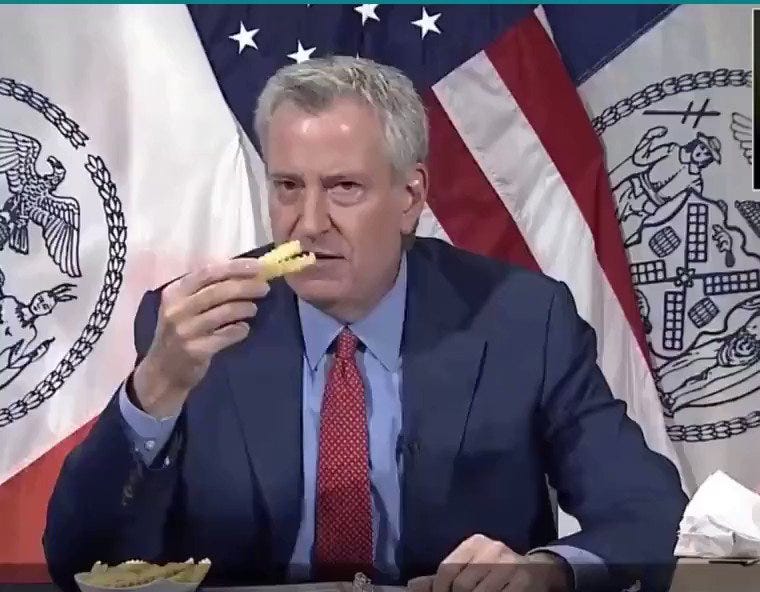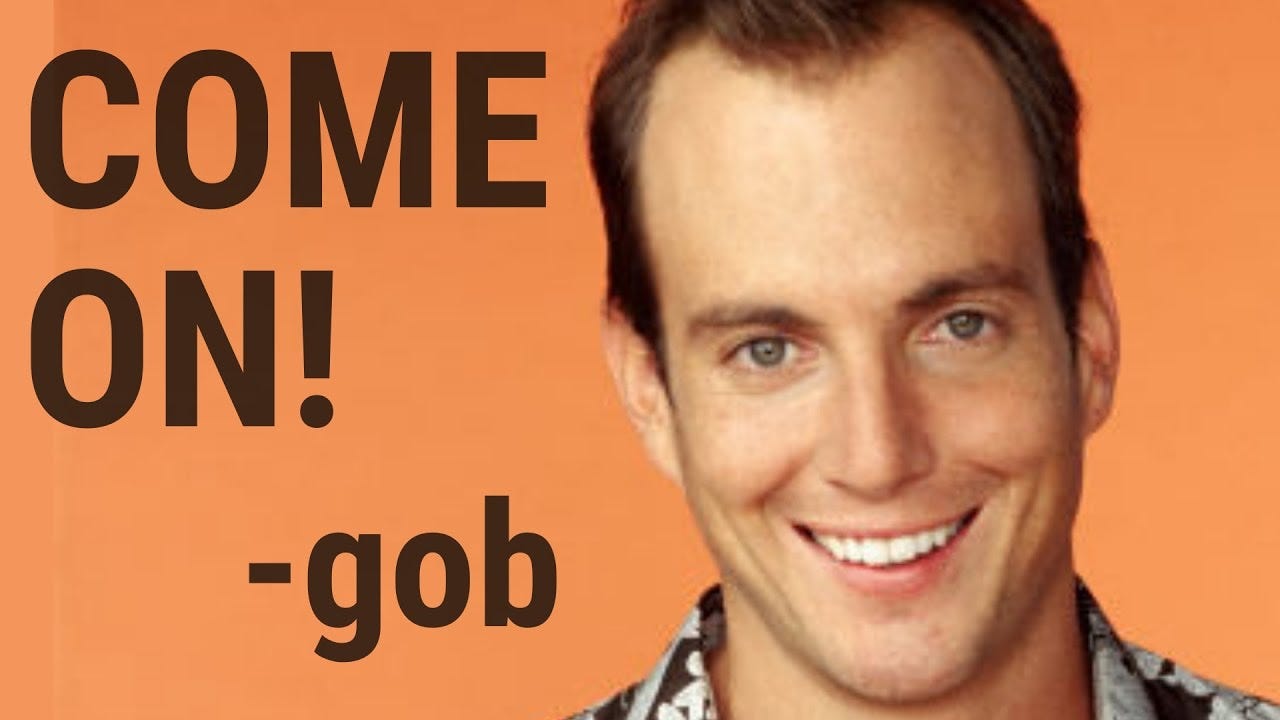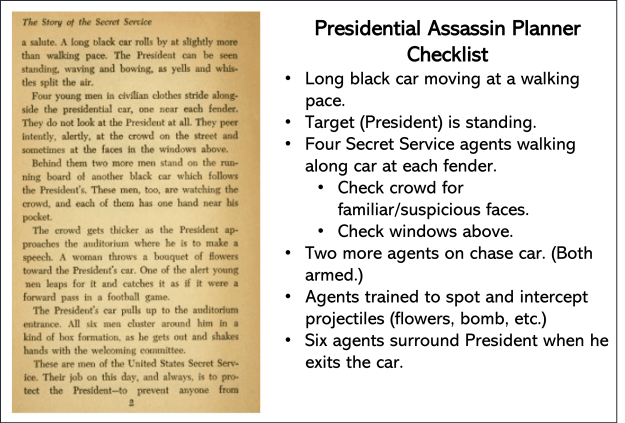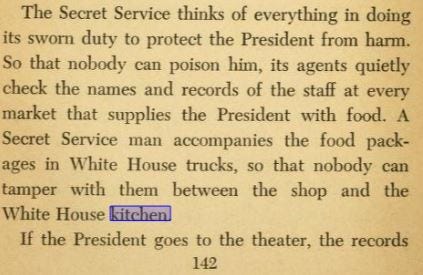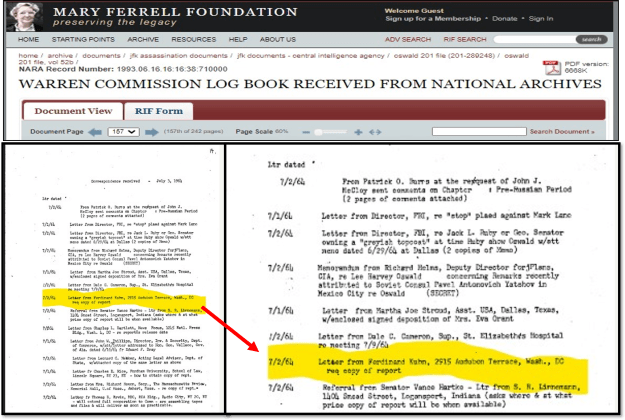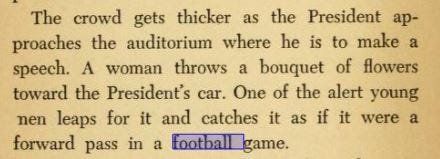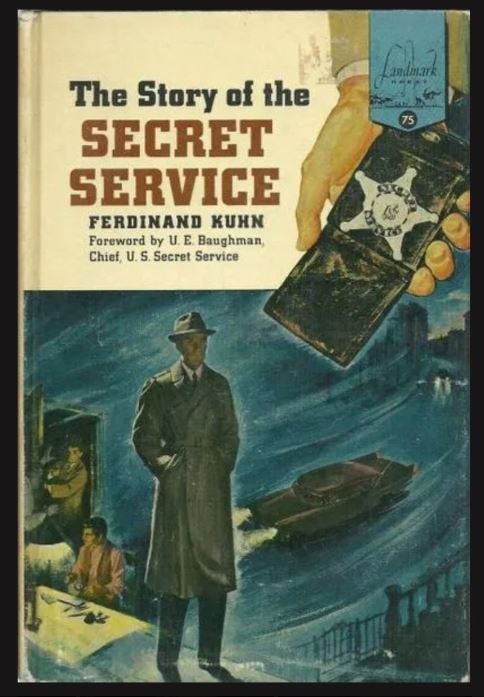Deep State Research – The Covid Years
This article focusses on the successful infiltration of the US Secret Service, in 1957, by a former OSS Director, named Ferdinand Kuhn, who posed as the author of kid's book conducting research.
We first discovered Ferdinand Kuhn while looking into the family history of NYC Mayor DeBlasio. The details and background provided in this article, about the mayor's pedigree, helps define the circle of clandestine relationships that form the Cabal that killed JFK, gave us Covid, and sowed mayhem a chaos in the interim years.
We never gave New York City mayor Bill DeBlasio much thought prior to Covid. There was absolutely no need to give Bill DeBlasio any thought, other than that he seemed kind of clownish.
When Covid started to ramp up in the Spring of 2020, consumers of New York City metropolitan area media could not help but listen to his daily updates about the seriousness of Covid, and the consequences that citizens would face if they did not comply with the latest Covid rules.
His pronouncements at his daily press conferences still bordered on clownish buffoonery, but they were in lock-step with the social distancing rules and draconian enforcement threats that New Jersey Governor Phil Murphy and New York Governor Andrew Cuomo ordered their citizens to heed to “stop the spread.”
The two Governors and the one Mayor were the three biggest political mouths in the New York City metropolitan area in the Spring, Summer and Fall of 2020 and their policies and messages looked coordinated, especially to those that believed Covid was most likely a cooked-up crock of Deep State swill.
Since we already knew the basics of Andrew Cuomo’s bio, and Phil Murphy’s level of hysterics seemed reasonably calm compared to Mayor DeBlasio’s daily apocalyptic updates in front of the press, we decided to take a closer look at who the hell Mayor Bill DeBlasio was after never bothering to, because we never cared.
Our deep look into Mayor DeBlasio opened a can of Deep State worms that are still squiggling out.
Bill DeBlasio’s Real Name is Not Bill DeBlasio, for Good Reasons
The first thing you notice when looking up basic biographical information on Wikipedia is that Bill DeBlasio’s real name is Warren Wilhelm Jr.
Warren Jr. has implied in interviews that he changed his actual last name (Wilhelm) to his mother’s maiden name (DeBlasio) because his father was a drunk.
We initially considered that the name change was mostly political, and that the more ethnic sounding “DeBlasio” would appeal to the city’s large Italian and Jewish voter bases more than the distinctly German sounding last name, “Wilhelm.” (Warren Jr. started using the name DeBlasio in the early 80s, around the time he graduated from New York University. He was a burgeoning community activist at the time so political motivations for the name change would have probably been considered three decades before he ran for city-wide office.)
More than his father being a drunk, or Bill having to foresight to realize a name like Warren Wilhelm will get you punched in the face in many Brooklyn neighborhoods, the reason for the name change is easy to see when you google his mother’s name “Maria DeBlasio”, and her FBI files pop up.
FBI File at Internet Archive https://archive.org/details/MariaWilhelm
Mommy was a Commie and Daddy was CIA all the way
Warren Wilhelm Sr. was a war hero who lost a leg at Okinawa. There are no official documents that say he worked for the CIA, but there are indications he had intelligence connections via his father, his brother, his employer, and his wife (Maria DeBlasio).
Briefly, Warren Wilhelm Sr’s. father Donald George Wilhelm Sr., (Bill DeBlasio's grandfather) was a World War I propagandist for the US Government. He was a member of the Creel Committee and served as Hebert Hoover’s Public Relations man when the future President was making it his mission to send US Soldiers to Europe to fight the Huns. (Herbert Hoover has a lot of Deep State connections, which we will not get into here.)
Warren Wilhelm Sr’s brother, Donald George Wilhelm Jr., was friends with Richard Helms, the CIA Director (1966 to 1973) and was commissioned by Helms to ghost-write the memoirs of Shah Mohammad Reza Pahlavi in 1961. (See End Note 1)
Warren Wilhelm Sr. also worked for Texaco in the 1950s as its Chief International Economist. Texaco is closely linked with the 1953 CIA coup in Iran that ousted Democratically elected Mohammad Mosaddegh and installed the Shah. One of the “linkages” was Torkild Rieber, the former President of Texaco, who resigned in 1940 for trading with the Nazis.
Torkild shows up in Iran in 1953 with World Bank executive Hector C. Prud’homme to divvy up the spoils of the successful coup. (Hector was married to the sister of CIA Director of Plans, Richard M. Bissell. FYI – Richard and his sister were first cousins once removed to Robert Swan Mueller III; or first cousins to Bob Mueller’s mother.)
Maria DeBlasio Wilhelm has an extensive FBI file. The file was compiled in the first half of 1953 to determine her “loyalty” while employed with the International Bank for Reconstruction and Development (IBRD), which is the lending division of the World Bank.
The file is interesting on a few different levels. A few rabbit holes yet to explore include:
Her potential disloyalty was brought to the attention of a co-worker named Elaine Carr (married name Elaine Carr Soulides.) Elaine worked for USAID until she retired in 1980. Son-of-Sam sleuths will appreciate that she is from Yonkers, New York.
Maria listed Senator Charles Potter (Republican) as a reference she had known seven years as of 1953. We run into Senator Potter quite often when looking for Cold War era Deep Staters and need to do more work on Charlie Potter.
The primary finding in the file is that Maria DeBlasio worked for the Office of War Information during WWII, which was part of the Office of Strategic Services (OSS), which was the predecessor to today’s CIA.
Her boss at the time, which she used as one of three of her references (Senator Potter and Mrs. Corrine Schelling as the other two) was a gentleman named Ferdinand Kuhn.
Ferdinand Kuhn was a Director in the OSS, the predecessor to the CIA.
Ferdinand Kuhn was a member of the Kuhn family that were the same Kuhns as the banking firm Kuhn, Loeb & Co.
Ferdinand talked his way into the Secret Service Agency in 1957 and wrote a book about the Secret Service for middle-school aged students.
As Job Bluth would say “Come on!”
Briefly, the Kuhn Family and Kuhn, Loeb & Co.
Kuhn, Loeb & Co. was the Rothschild’s main agent bank in the United States from, at the latest, 1867 to probably the 1940s. Famous partners included Jacob Schiff, Otto Kahn and Felix Warburg. The Kuhns, Loebs, Schiff’s, Kahns, Warburgs, and a few dozen others tended to marry their cousins, so they are generally related in more ways than one.
Ferdinand Kuhn Jrs.’ parents were Ferdinand Kuhn Sr. and Johanna Loeb and then his grandparents were also a Kuhn and a Loeb and the whole tree only gets more tangled and confusing from there. Instead of trying to untangle branches to definitively show how Ferdinand Kuhn Jr. is related to the Kuhn, Loeb bank’s founders (Abraham Kuhn and Solomon Loeb) we will just look at who Ferdinand Kuhn Sr. was socializing or doing business with at the turn of the last century.
Ferdinand Kuhn Sr. was in the textiles business and can be found buying property in NYC and as an officer of The Clothiers Association in New York City, which represented the region’s largest clothing manufacturers. He can be found taking the train to upstate summer resorts at Lake Saranac. He basically traveled in the “wealthy guy” from NYC circles that had the Kuhn, Loeb Bank partners at its core.
Another reference that we found that we think may go down a completely different rabbit hole was his co-founding of a summer camp for poor Jewish boys from the lower East Side, in up-state New York.
In 1902, Ferdinand Sr., Bernard M.L. Ernst and James Frank took the train up to the Cold Spring, New York (near West Point) to scout out locations for the Summer Camp, as the story goes. They decided Lake Surprise looked nice and founded the camp.
[For future research, Bernard M.L. Ernst was a lawyer and magician. He was actually Harry Houdini’s lawyer and after Houdini’s death; “In 1926, he succeeded Houdini as President of the Society of American Magicians.” Bernard’s son married into the Bloomingdale family.]
By about 1911 the camp became affiliated with the 92ndStreet YMHA. Other Jewish charities such as the Federation of Jewish Philanthropies, which included Felix M. Warburg, a Kuhn Loeb partner, and other wealthy New Yorkers, were providing most of the funds to run the camp by 1917. The camp still exists today.
Our main point is that our Ferdinand Kuhn Sr. existed in the Kuhn Loeb banking circle of founders and partners and families.
(We run into Kuhn Loeb partners, or members of the partners extended families almost every time we pick a Deep State topic to research. There is Margaret Kuhn, the second wife of Godfrey A. Rockefeller, the Bell Helicopter Chief test pilot, who worked out of the same facilities as Michael Paine in Dallas. Ruth Paine, Michael’s wife helped Lee Harvey Oswald get a job at the School Book Depository.)
(It is also worth noting that while Mayor DeBlasio’s grandfather Donald George Wilhelm Sr. was sending out positive PR for Herbert Hoover during World War I, Louis Lichtenstein Strauss was acting as Hoover’s secretary. Louis Strauss would go on to join Kuhn Loeb, make partner and stay with the company for 23 years. Strauss eventually became the first Chairman of the Atomic Energy Commission.)
Welcome Ferdinand. Our secrets are your secrets. The Story of the Secret Service, by Ferdinand Kuhn (Random House – Copyright 1957.)
The original hardcover version was 174 pages. It was published by Random House under its U.S. Landmarks Books Series (75th in the series.) There are 122 books in the series by a variety of authors.
Free borrow at Internet Archive. The Story of the Secret Service
“The Voyages of Christopher Columbus”, by Armstrong Sperry was the first in the series (published 1950.) Other titles in the series include “Paul Revere and the Minute Men”, “The Erie Canal” and “The Texas Rangers.” (Classics like “Guadalcanal Diary” and “Thirty Seconds Over Tokyo” were also re-published as part of the series.)
The target audience for these mass-produced book series were sixth to eight graders who were required to read at least one non-fiction book over the Summer.
As one can surmise from the titles in the series, the authors of the different subjects did not have access to the historical figures that they wrote about. Luckily, for Ferdinand Kuhn, the Secret Service granted the author access when he asked, as noted in the Foreword by U.E. Baughman, Former Chief, U.S. Secret Service.
The book itself is a quick, one-hour, read and it mostly details past Secret Service cases involving counterfeiting rings and threatening letters written by mental patients to the President.
If one did not know what the Secret Service did, like probably most people in 1958, the book would probably be useful as a general overview of the service's daily duties.
We would not say that The Story of the Secret Service is a “how to book” for penetrating the President’s protection detail, however, if one did not know all that much about how the Secret Service goes about protecting the President, it would not be a bad primer on the subject.
For, example, page two has some pretty useful information about the services slow-moving motorcade formation.
The book also contains useful information for when the President travels by train (sometimes a lead train is used) and what happens to food when it is delivered to the White House.
To reiterate, the author’s description of the methods used by the Secret Service might seem quaint now, but the book was written six years before President Kennedy was murdered and everyone quickly learned what a Presidential motorcade looked like.
I’m Ferdinand Kuhn. I’m just an author of kids’ books. Don’t mind me Secret Service Man.
Ferdinand is also the author of “Commodore Perry and the Opening of Japan”, another book in the Landmark Book Series targeted at kids; published 1955. (See End Note 2.)
His Secret Service book would be innocuous if Ferdinand was not already well acquainted with the intelligence industry and was ensconced in espionage circles.
If his book is not a communique for planners of some future Presidential assassination, whether JFK was already the target or not, then imagine all the intelligence Ferdinand would have acquired to compromise the Secret Service (should the need arise.)
Ferdinand could have found out who, in the Secret Service, drinks too much. He could have made a list of honeypot targets, or who preferred the company of men, or who had a gambling problem.
The blackmail possibilities would be endless if an author like Ferdinand was given access to the Service charged with protecting the President.
Ferdinand Wants the Warren Commission Report before it is Public
There is only one document that shows up in the JFK Assassination document repository at Maryferrel.org.
when search for “Ferdinand Kuhn.” (Other documents may exist that have not been properly indexed. We only found the one doing standard searches.)
The document is a logbook of letters sent to the Warren Commission. Ferdinand Kuhn Jr. asked for a copy of the Warren Report in early July 1964. It is not clear if he wanted a copy before it was made public in September 1964.
Although Ferdinand does not show up much in the JFK files, a few of the Secret Service men he met with do. Only a few Secret Service agents are mentioned by name specifically in the book. A few were retired agents with tales-to-tell about chasing down counterfeit rings.
The two agents who were working in the Secret Service when the book was written and published in 1957 were Secret Service Chief U.E. Baughman (the top guy), and James J. Rowley, head of the White House detail from 1946 to 1961.
James J. Rowley was named Chief in September 1961, when Baughman retired, and was interviewed by the Warren Commission on June 18, 1964.
It looks like Rowley read the book.
End
Notes:
(1) "Our Friend on the Peacock Throne - The Netherlands and the Last Shah of Iran": Internet Archive
https://archive.org/details/oapen-20.500.12657-63525
"On the corner of my desk lies a copy of "Mission for My Country." Not the giant special edition with the silver cover that the Shah had made in the seventies for his most important connections. Unfortunately, I have the ordinary first edition from 1961, even without the original cover, but as the English say: don’t judge a book by its cover. It’s about the content, of course. The content is the same and doesn’t lie. "Mission" records how the Shah saw the present, past, and future of Iran. It actually comes from the pen of Donald Wilhelm, an American political scientist who at the time was working at the University of Tehran. Written in English, the book was primarily intended for an international audience. The publication and distribution of "Mission" was one of the ways the Shah tried to influence the perception of his country and his regime in the West. Because, as is now clear, the Shah was aware of the power of positive image-building. He needed to be an attractive partner, as he knew he would need the support of the Western world for his ambitious development plans."
(2) Commodore Matthew Perry was an interesting subject choice on the part of Ferdinand Kuhn. The Commodore was married to Jane Slidell, the sister of Louisiana Senator and Confederate diplomat John Slidell. We have come across several mentions that the Slidells were known Frankists.
Since Frankists are known to marry only other Frankists, the Perry Family may have been Frankist as well. The Frankist connections go deeper if one subscribes to the theory that the Rothschild banking family were Frankists.



